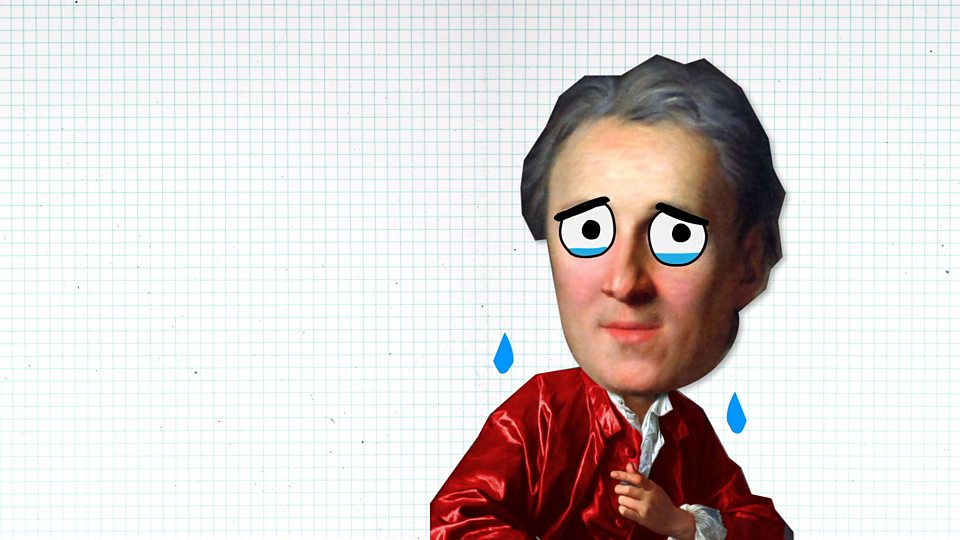From
Journal of Glaucoma
"Reducing intraocular pressure (IOP) in primary open angle glaucoma (POAG) is currently the only approach to prevent further optic nerve head damage. However, other mechanisms such as ischemia, oxidative stress, glutamate excitotoxicity, neurotrophin loss, inflammation/glial activation, and vascular dysregulation are not addressed. Because stress is a key risk factor affecting these mechanisms, we evaluated if mindfulness based stress reduction (MBSR) can lower IOP and normalize typical stress biomarkers...
...Between-group comparisons revealed significantly lowered IOP in meditators...
...A short course of mindfulness based stress reduction by meditation in in primary open angle glaucoma reduces intraocular pressure, improves quality of life , normalizes stress biomarkers and positively modifies gene expression. Mindfulness Meditation can be recommended as adjunctive therapy for primary open angle glaucoma .
See also
Medical Express

















